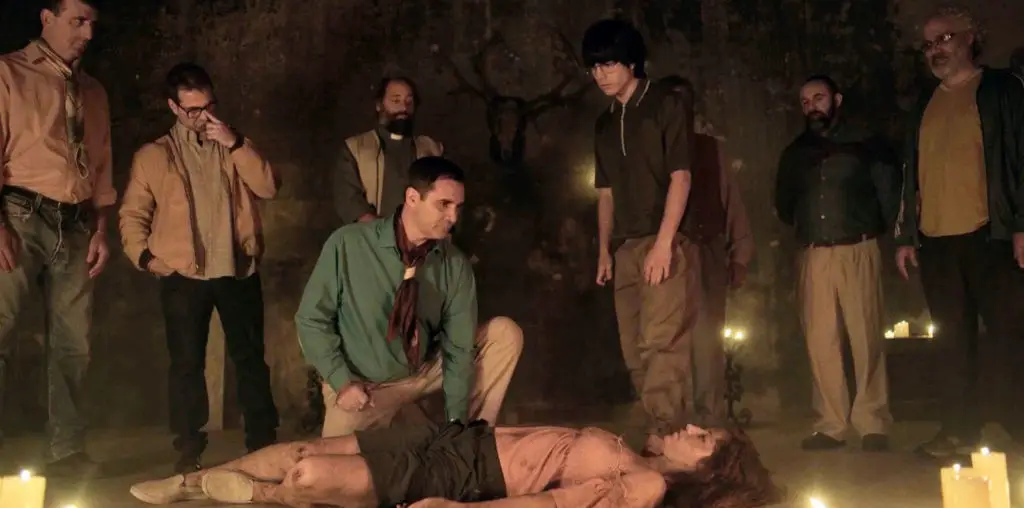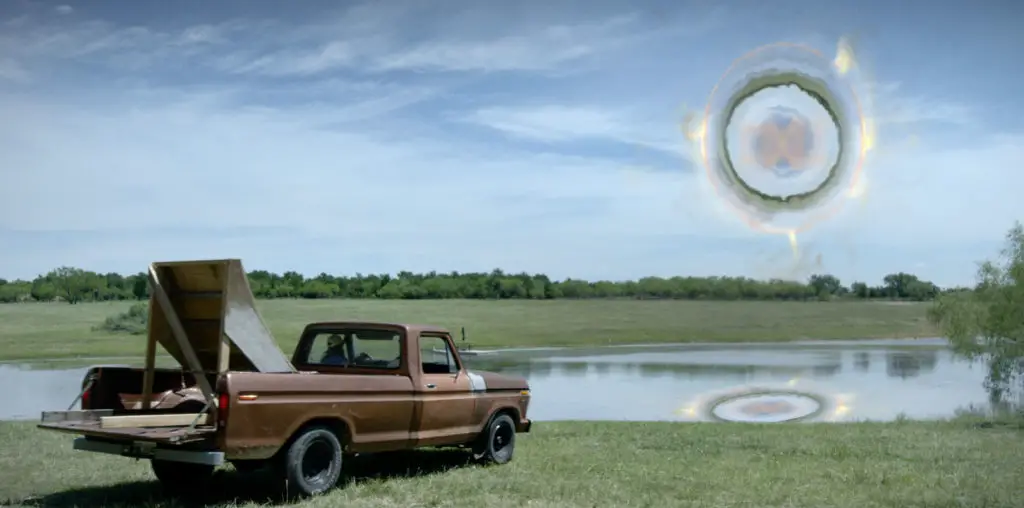
Imagine scratched up films full of vivid red colors, featuring women with Chinese military uniforms modified to include short shorts, holding rifles and singing about their love for the Communist party. This isn’t the alternative song to “Springtime for Hitler” from “The Producers,” but an example of the only form of theater, opera and film that was allowed under Mao’s Cultural Revolution. The Chinese documentary “Yang Ban Xi: The 8 Model Works” studies the disturbing but undeniably interesting flare.
Director Yan Ting Yuen has made an odd combination of the documentary and musical genres that is worth seeing simply for its bizarre feel. One moment a man is driving, talking about his favorite childhood Yang Ban Xi—the only genre people could watch—film. The film, of course, is “The Red Woman’s Detachment” which seems to be everyone’s childhood favorite, usually because of the healthy showing of women’s bare legs. The driver then offers to sing a few bars. The next thing you know, two kids get out of the back of the car and start to dance to a remix of the song. Then even more kids come out and fill the street. Another scene looks at people dancing in a club, signifying a newer, less restricted form of self _expression while parodying the overemphasized emotions of the Yang Ban Xi films. The sheer audacity of the filmmaker to pull a stunt like this in a documentary demands admiration.
The other parts of the documentary are standard combinations of interviews and archival footage, made interesting by setting the actors in recreations of their old sets and a voice-over in the character of Mrs. Mao explaining her side of the story. While it sometimes feels like certain subjects should have been cut to make it more focused and fluid, there are several interesting accounts from artists who weren’t allowed to fully express themselves due to government restrictions. The movie also recalls moments like a red sun rising and visits some who wish the Cultural Revolution was still in place, while looking at the creative lives it affected with its rise and fall. The movie is worth seeing for the archival footage and to say you saw a musical documentary.

